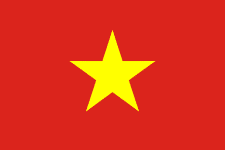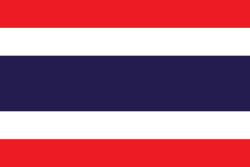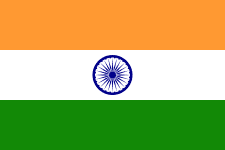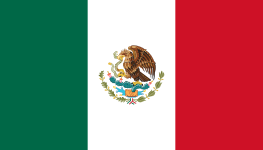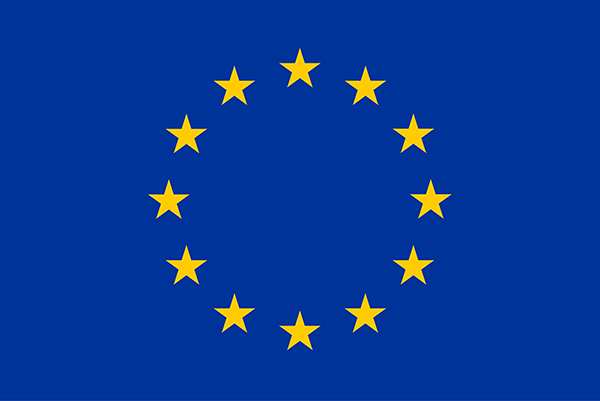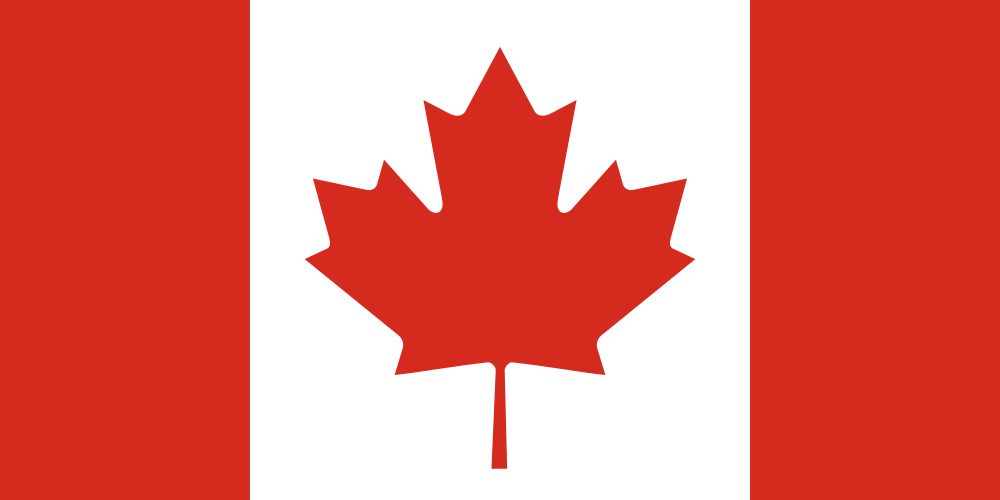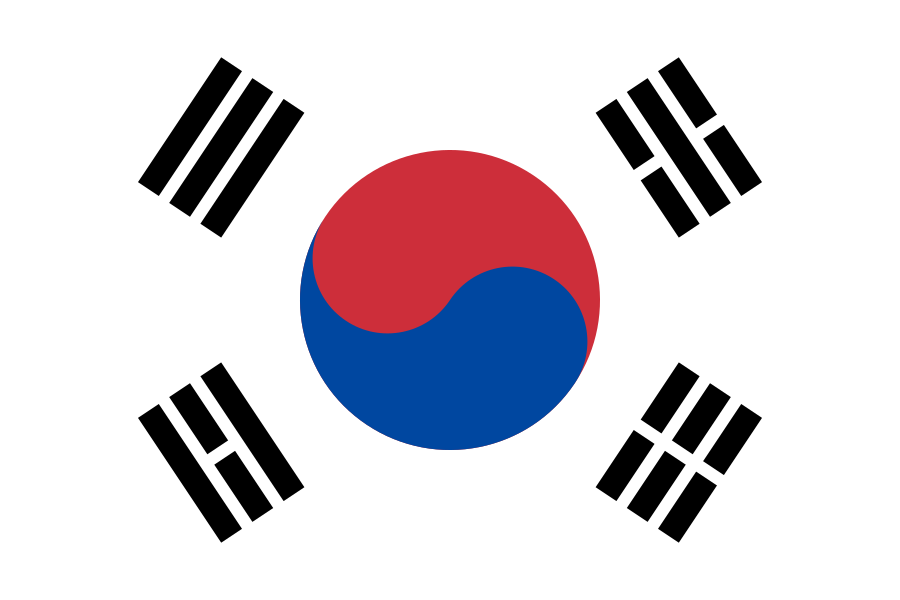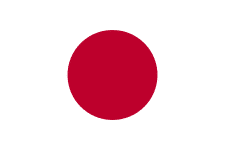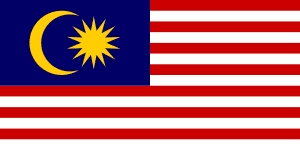- Industry
- Region
- Country / Region
On October 30, 2025, Vietnam's Ministry of Science and Technology (MST) issued a public consultation on the development of a national technical regulation (QCVN xxx:2025/BKHCN) on wireless access equipment in the 6 GHz band, which applies to all wireless access devices operating in the 6 GHz band (5945-6425MHz). This draft QCVN refers to ETSI EN 303 687 V1.1.1 to define technical specifications and measurement methods for 6 GHz wireless devices:
After the new version of the technical regulations come into effect, organizations and individuals that manufacture, import or sell Wi-Fi 6E/7 devices in Vietnam must ensure that the devices meet all the technical requirements in the new version of the technical regulations and are verified by tests by accredited laboratories.
Click this link to view the original public consultation, which is open for comments until November 30, 2025.
On October 29, 2025, Thailand's National Broadcasting and Telecommunications Commission (NBTC) issued an announcement aimed at strengthening the regulation of Wireless Local Area Network (RLAN) Network Video Recorders (NVRs). The announcement emphasizes that wireless network DVRs need to obtain a Declaration of Conformity (SDoC) from the NBTC before importing, distributing, and selling them in the local market in Thailand.
Click this link to view the original NBTC announcement.
On October 29, 2025, India's Ministry of Electronics and Information Technology (MeitY) issued a notification requesting the migration of IS 13252-1:2010 and IS 616:2017 standards to the IS/IEC 62368-1:2023 standard. Extended reality products such as augmented reality (AR), virtual reality (VR), and mixed reality (MRI) will have until May 1, 2026, to meet compliance requirements for the new standard. All other products that still comply with the IS 13252-1:2010 and IS 616:2017 standards will have until November 1, 2028 to complete compliance with the new standards. The IS 13252-1:2010 and IS 616:2017 standards will be revoked on November 1, 2028.
Click this link to view the original announcement issued by MeitY.
On October 28, 2025, the Mexican Ministry of Economy (SE) published an agreement to amend the Mutual Recognition Agreement (MRA) between the Mexican and U.S. governments regarding conformity assessment of telecommunications equipment. According to the MRA, Mexican CRTs should accept test reports from laboratories designated in the United States and accredited by Mexican authorities in accordance with the following technical standards:
- IFT-012-2019: Technical Specification for Maximum Limits of Non-Ionizing Radio Radiation for Telecommunications Products, Equipment, Devices, or Apparatus (Capable of Connecting to Telecommunications Networks and/or Using the Radio Spectrum) Specific Absorption Rate (SAR).
- IFT-016-2024: Low-Power Radio Communication Equipment – Devices Using the 30 MHz to 3 GHz Band Radio Spectrum – Specifications, Limits, and Test Methods.
- IFT-017-2023: Radio Communication Systems Using Radio Access – LAN – Radio Communication Equipment Using Digital Modulation Technology and Operating in the 5150-5250 MHz, 5250-5350 MHz, 5470-5600 MHz, 5650-5725 MHz, 5725-5850 MHz, and 5925-6425 MHz bands.
Click this link to view the original Agreement, which is effective October 29, 2025.
Some German telecommunications and infrastructure providers sent an open letter to German Federal Digital Minister Carsten Wildberg, urging Germany to take a clear position on the future use of the 6GHz high frequency band (6425-7125 MHz). The goal of the companies involved is to support the full opening of the band for license-free Wi-Fi throughout the EU. Signatories include Deutsche Glasfaser, EWE TEL, HPE, Fritz (AVM), Lancom Systems and NetCologne.
The next plenary meeting of the Radio Spectrum Policy Group (RSPG), the European Commission's high-level advisory body, will be held on November 12, 2025. A proposal for the use of the 6GHz band is expected to be discussed at that time. Based on this proposal, the European Commission may initiate a coordination process at EU level.
Click on view relevant media coverage.
On October 20, 2025, Innovation, Science and Economic Development Canada (ISED) issued guidance number 2025-DRS0007, clarifying its guidelines based on RSS-102. SAR. MEAS Section 5.1 on the Simplification of SAR Evaluation Tests.
For any device that has performed a 1g body SAR test at a distance of 5 mm or less, a 10g limb SAR test at a distance of 0 mm is optional if all of the following conditions are met:
- Operating frequency below 6 GHz;
- The body and limbs use the same power level and power configuration set (Tune-up).
To apply this test simplification, you should describe how all of the above requirements are met in your report.
It is important to note that the limb SAR test simplification does not apply to:
- Exposure of the hand during voice calls near the head, as described in RSS-102. SAR.MEAS Section 5.10;
- Frequency above 6 GHz and for use at absorbed power density (APD) limits.
Click this link to view the original guidance for 2025-DRS0007.
On October 20, 2025, the National Radio Research Agency (RRA) issued Announcement 2025-77 to solicit public comments on the revision of EMC standards to increase broadband radiated immunity. The background of this revision is that the platform safety gate system is affected by 5G communication interference failure, so the radiation immunity test of 3.4GHz-3.7GHz should be added. There are five test levels of 20V/m, 28V/m, 38V/m, 56V/m and 80V/m, and are based on the international standard IEC 61000-4-41.
Click this link to view the public consultation, and the comment period is until December 19, 2025.
Following the nomination issued by the President of Mexico on October 7, 2025, the Mexican Senate approved five candidates for the position of commissioner of the Telecommunications Regulatory Commission (CRT) on October 14, 2025. According to Mexican law, by October 24, the President of Mexico will appoint the chairman of the commission, and the Federal Institute of Telecommunications (IFETEL) of Mexico will be officially dissolved.
On October 17, 2025, IFT announced that it has ceased operations, and it is expected that it will take at least one week for related businesses to switch to CRT.
Click this link to view relevant media press release.
On October 11, 2025, Japan's Ministry of Internal Affairs and Communications (MIC) consulted on a draft ministerial ordinance to amend the Detailed Regulations for the Implementation of the Radio Act to introduce the construction of 5G networks in the 26GHz frequency band.
Click this link to view the original public consultation, which is open for comments until November 10, 2025.
On 10 October 2025, the Malaysian Technical Standards Forum Berhad (MTSFB) launched a public consultation on the following technical specifications:
- Satellite Earth Station Terminal Specification, citing EN 301 441, EN 301 681 and EN 301 489 series standards;
- Free Space Optical Communication (FSO) specification;
- specification for amateur radio equipment, citing EN 300 086, EN 300 113, EN 301 166 and EN 301 783;
Click on this link to view the original public consultations listed above, and the comment period is until November 9, 2025.
